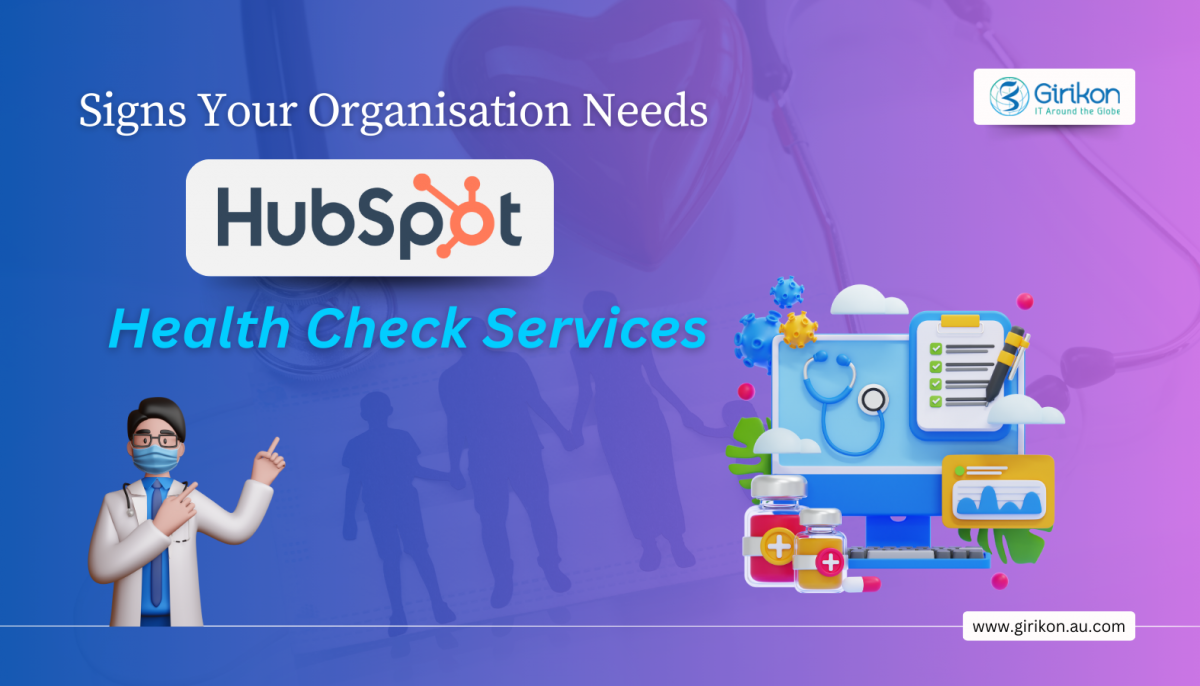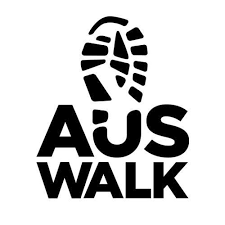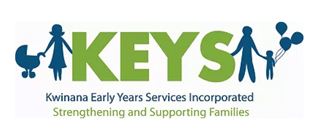Our Blogs
Field service managers face quite a challenge in tracking the performance of their field service teams. Delegating work, allocating resources, work order completion, customer acknowledgement and monitoring on a continuous basis are some of the key challenges they face. But with the help of the right Salesforce Consulting Partner, Field Services Lightning can streamline all these activities, enabling you to deliver exceptional customer service experiences.
So, what exactly is Field Service Lightning and how can it help you make your field service operations more efficient.
Understanding Field Service Lightning
Field Service Lightning is a Salesforce offering built as an extension to Service Cloud. It brings customers, field staff, assets, contractors, managers, supervisors and business leaders together on a unified platform to deliver best in class on-site services.
It also allows customer support teams to smartly allocate work, expertise and resources to field service workers and track their performance. And because it is integrated seamlessly with the customer 360 platform, users can manage customer and field service data directly within Salesforce. Field Service Lightning comes with in built functionality for dispatching and tracking of field service activities.
And because of the intrinsic power of AI built into the Salesforce platform, Field Service Lightning automatically assigns the right technician and resources to the right location at the right time, intelligently. All in real time. In a nutshell, Field Service Lightning is designed to optimize and automate field service operations.

Who are the main users of Salesforce Field Service Lightning?
The main users of Field Service Lightning are:
Admin: The admin’s role is to manage all users and configure Salesforce and associated Field Service features tailored to each and every customer.
Service Agents: Their primary function is to record cases, service requests, and creation of work orders.
Dispatchers: Their primary function is to schedule service appointments and assign resources and staff to these appointments.
Technicians: They are the mobile workforce who carry out the job execution.
Once an administrator has installed the Field Service Lightning managed package, they can set permissions for the above roles.
What are The Common Terms Used in Field Service Lightning?
Service Appointment
A service appointment entails the assignment and scheduling of a service job, whether onsite or remote. A service appointment can be scheduled based on a customer’s availability and need.
Appointment Scheduling
When a service appointment for an on-site customer visit requires a certain execution time, a dispatcher can allocate an arrival window with appointment booking. The arrival window is there to ensure the service appointment begins as per schedule. Customers have the convenience to book their own appointments based on their convenience and choose an appropriate arrival window from the time slots available with the appointment assistance feature.
Work Order
This is a request for on-site service. It details the job type as well as other relevant information to schedule the service appointment. A work order may contain multiple line items depending on the type of work that needs to be completed and the assets and resources required for it.
Asset
An asset is a physical item that a customer has bought and installed. A warranty or service entitlement can be attached to an asset depending on the service level agreement that the customer signed up for. With the asset object, you can track key performance indicators like asset uptime. Assets can be serviced either based on a predefined schedule basis or on an on-demand basis, based on a customer need. Field Service Lighting generates a work order automatically based on the asset maintenance plan.
Mobile Worker
A mobile worker is a field technician or service resource who executes the service jobs as assigned by the dispatcher. With the Field Service Lightning mobile app, mobile workers can update their job progress and get visit acknowledgements from customers.
Availability of Resources
Operational timings, shifts and time intervals that can be used to assign and schedule resources for a service appointment.
Service Territory
As the name suggests, this allows administrators to group service resources such as field staff, inventory, trucks and more. Its classification can be based on geography like area, cities, or countries. They can be further filtered on the basis of product lines or customer type. Depending on how your field service operations are set up, you can create territory hierarchies and assign service resources to them.
Scheduling and Optimization
Scheduling is the process of creating service appointments and assigning them to the right field service workers or team. Manual creation of field service schedules can be a complex and time-consuming task and can dilute the efficiency of service operations. Scheduling and optimization in Field Service Lightning use the inbuilt power of AI in Salesforce to do the heavy lifting for you by generating the most optimised schedule based on business policies that are defined by your business’s priorities and constraints. Schedule optimization allows you to adhere to your SLAs while optimizing travel time, reducing overtime and costs.
The scope of optimization in Field Service Lightning can be defined in several ways such as:
- Global Optimization — Assess available time slots and field service staff options to schedule appointments efficiently.
- In-Day Optimization —Optimize the schedule for a particular territory for a particular service day or date based on the constraints for that day.
- Resource Schedule Optimization — Manage high-priority appointments to get them at the head of the queue by optimizing the day schedule of a specific field worker and re-organize other appointments.
Importance of the Field Service Lightning Mobile Application
The Field Service Lightning mobile application is a vital tool for field service staff who are always on the go. Technicians get updated information in real time so that they can do their job more efficiently as they move from one appointment to another. The app allows field service workers to report back on their progress effortlessly.
Salesforce Field Service Lightning is built on top of Service Cloud, so you can cut costs and reduce complexity with a single trusted platform. Your entire mobile workforce can access the platform from anywhere, on any device.
Salesforce Field Service Lightning integrates your work orders easily with contacts, accounts, assets, cases, SLAs, allowing you to deliver seamless customer service experiences.
Increase frontline productivity and revenue with Field Service Lightning
Salesforce Field Service Lightning allows your teams to do more with less. According to a report published by Forrester Research, four Trailblazers witnessed these benefits over three years with Field Service Lightning.
- 180% increase in ROI
- 10-month payback
- Over $5 million in gross benefits
Giirikon, a Gold Salesforce Implementation Partner can help you leverage the Salesforce Platform, so you can focus on your customers rather than data entry, and deliver excellent customer service experiences. Contact one of our experts today to know more about Field Service Lightning.

 +61-1300-332-888
+61-1300-332-888 +1-480-382-1320
+1-480-382-1320







































